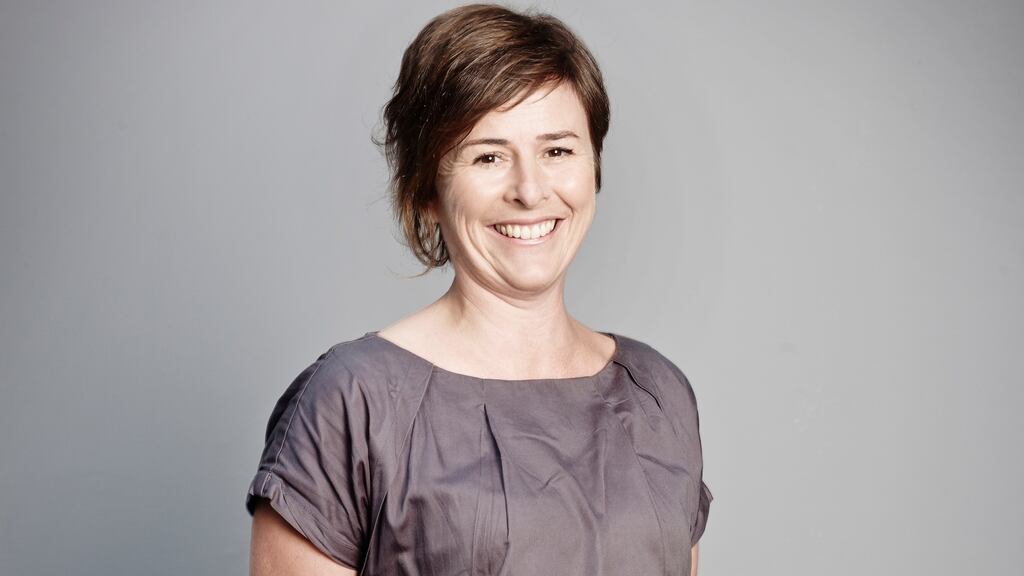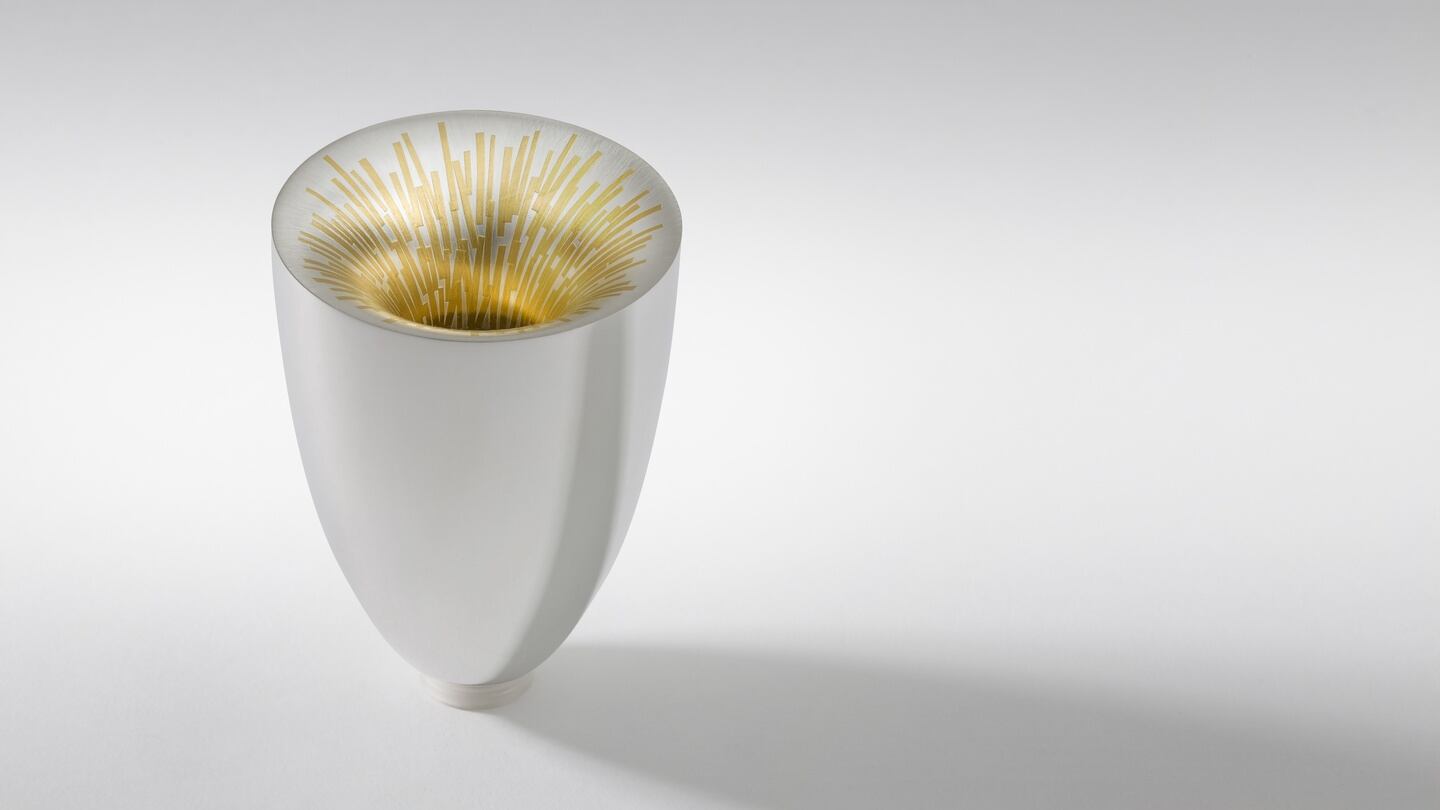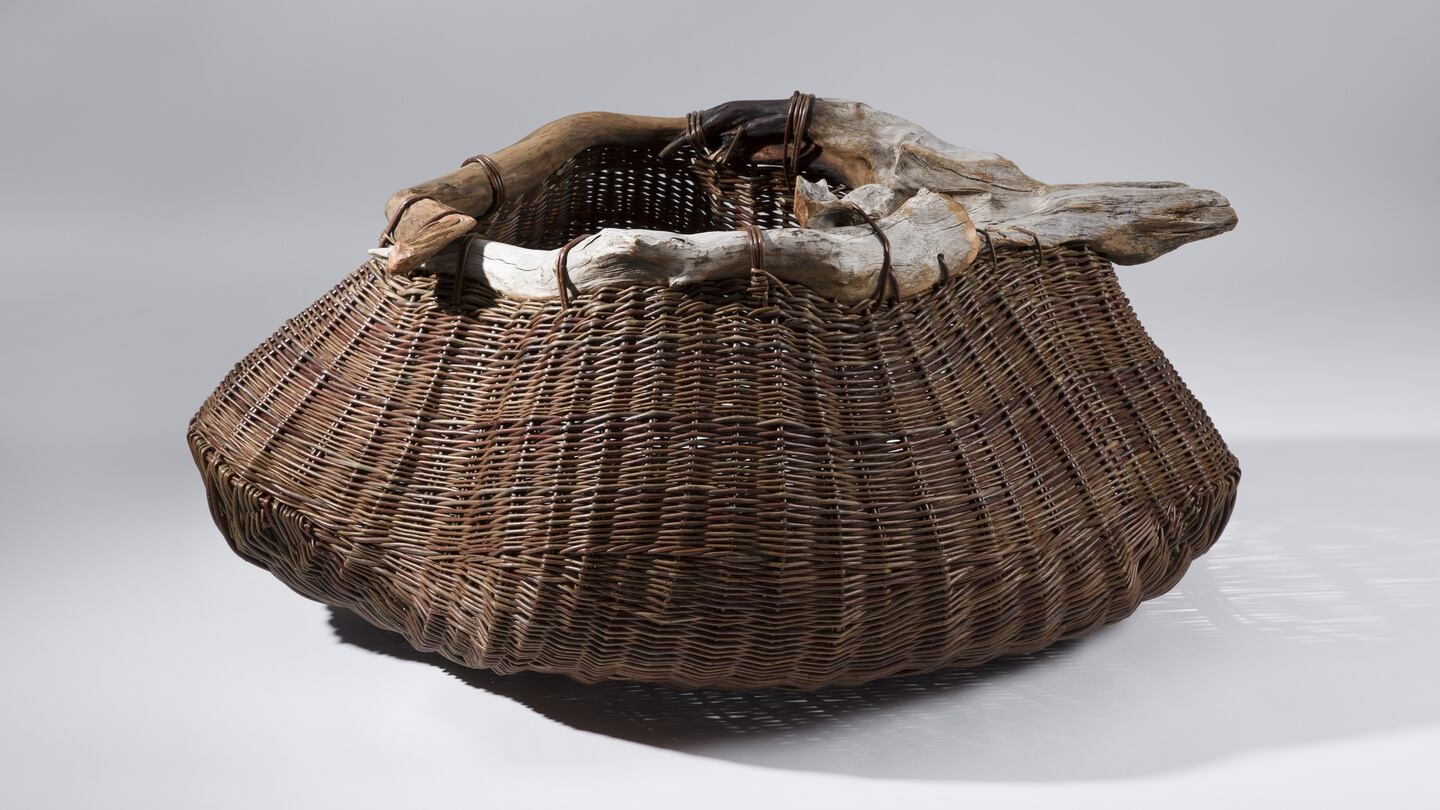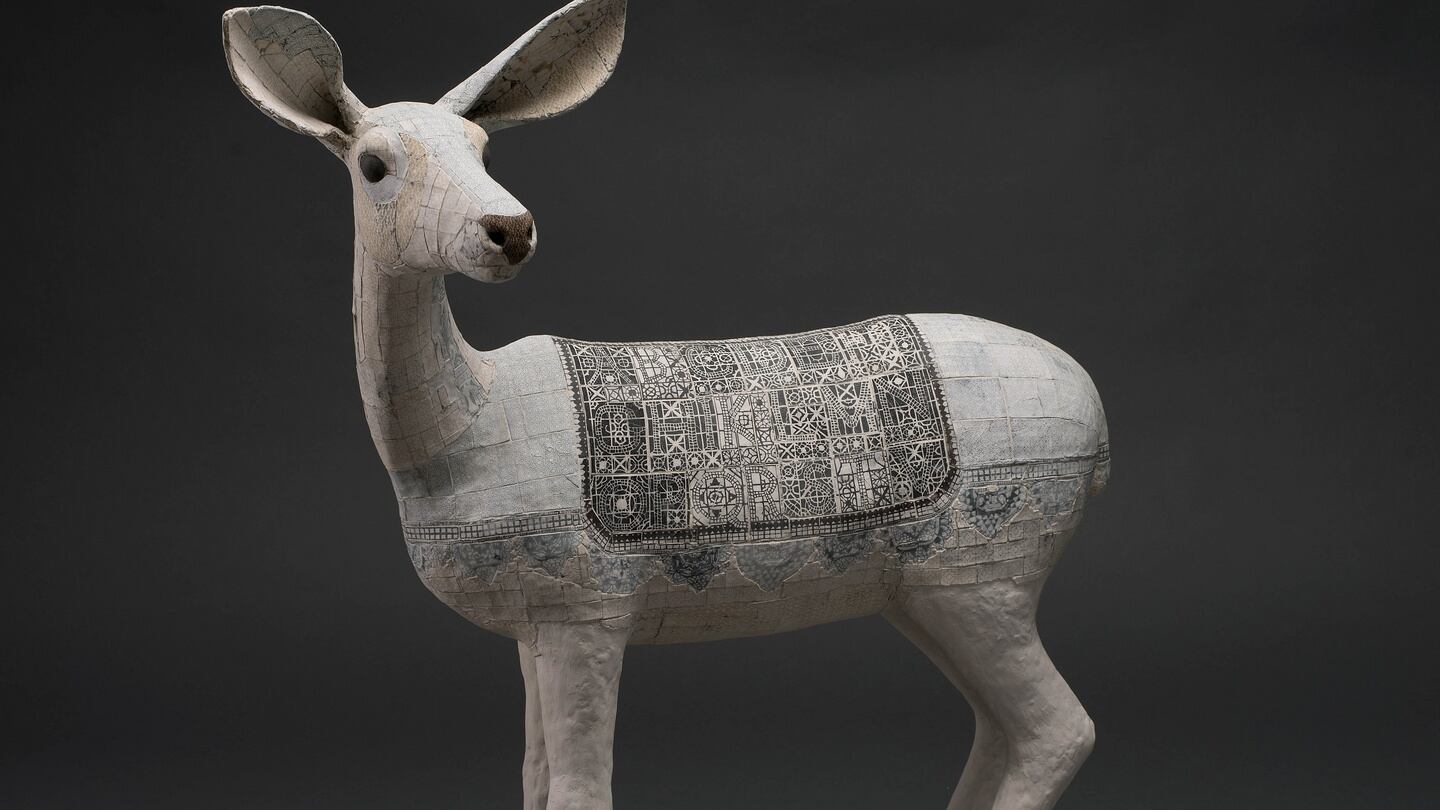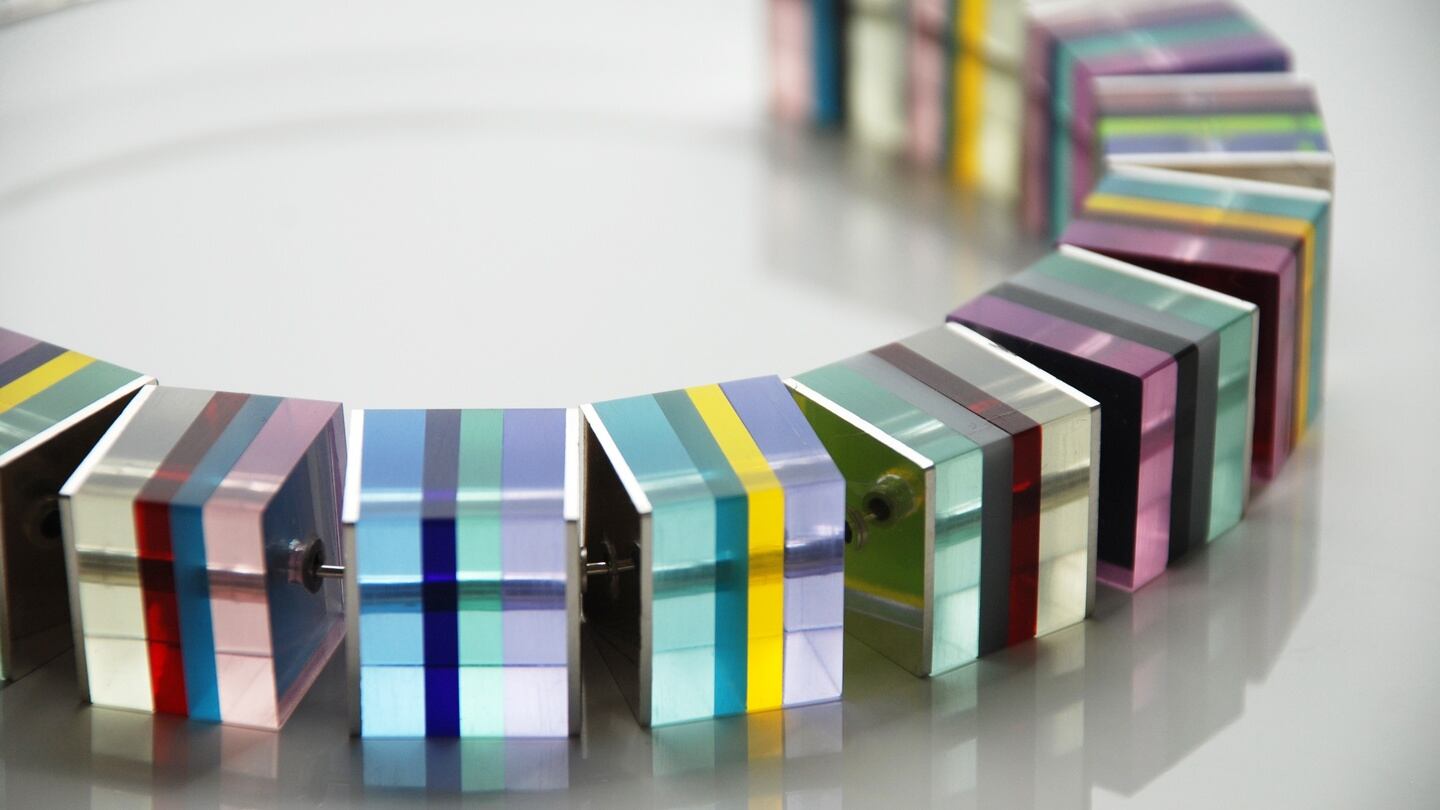Go back in time through thousands of years, or travel thousands of miles, and you'll find a common thread linking people together. We all make things, and we are connected by the things we make. From humble pottery dishes, to painted ceramic tiles, to the rich adornments on Celtic silverware; the stories of the things we have made tell of necessity, ingenuity, and a desire to decorate and express ourselves. Look around your home, and find that even the most every day items are stamped with the spirit of the people and times that made them.
The Unesco-recognised World Crafts Council was set up to support such stories, safeguarding traditions, and strengthening the status of craftspeople everywhere. As president of the European section, Irish woman Louise Allen has been travelling the world, meeting makers and, just as importantly, spreading the word about what's happening here in Ireland. It's a prestigious position, and dividends to date include an increased profile for Irish makers, and an entrée into a rich network of exhibitions, commissions, residencies and opportunities.
European exhibition
0 of 4
When I meet Louise, at her base at the Design and Crafts Council of Ireland (DCCOI), at Castle Yard in Kilkenny, where she is also head of innovation and development, a group from the Swiss-based Michelangelo Foundation is in town. They’re here to meet Allen, and to interview local students to act as invigilators at Homo Faber, the vast exhibition of European craft that will take place from this September on the island of San Giorgio Maggiore in Venice.
"It's an amazing opportunity," says Allen. "The students will spend a month in Venice and will be seeing craft of the highest quality and skill." The foundation was set up by Franco Cologni, a writer and former head of Cartier, and Johann Rupert of the Richemont Group, which owns Cartier, Chloé, Dunhill and Van Cleef & Arpels (among others). "I am sure that the time is ripe now for the emergence of an 'artisan humanism' everywhere," says Cologni.
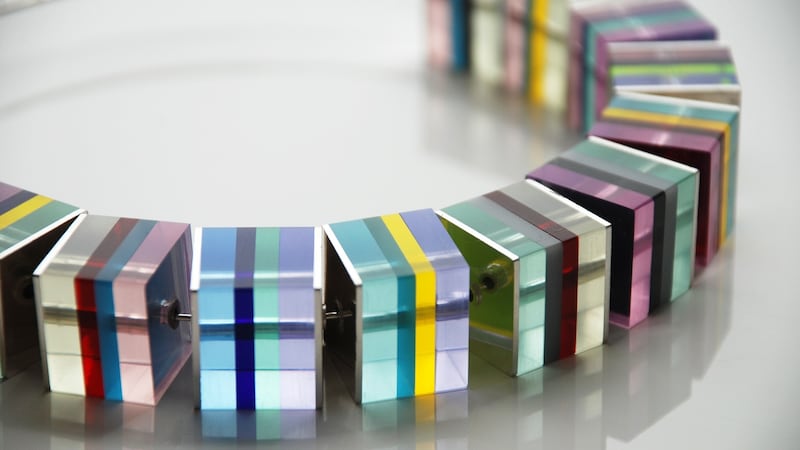
While a cynic might see this as a drive to monetise individual making, turning handmade things into luxury items, as the wealthy become increasingly jaded by bling, Rupert has described it, and the Homo Faber exhibition in particular, as showcasing “what human beings can do better than machines” – which is a much more heartening way of looking at it.
Extraordinary opportunity
Whatever your perspective, Allen’s role gives an extraordinary opportunity to Irish makers, as it networks Ireland into the heart of planning and decision making for craft and design worldwide. “What’s really nice and distinctive about European craft,” she says, “is that every country has its own distinct interpretation of what craft is, their own distinct voice. Where the magic happens is when you can effect collaborations that can layer voices.”
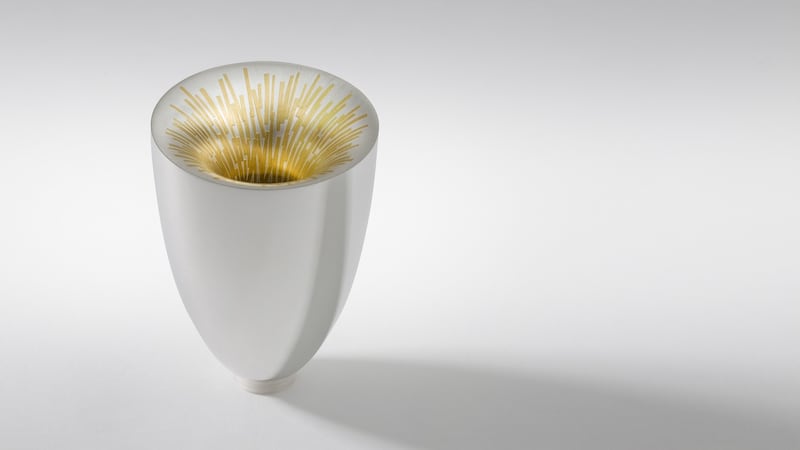
She took up the role in September 2016. "It was at a meeting in Isfahan in Iran, which was absolutely fascinating on a number of levels – it was at the moment when Obama had just relaxed trade restrictions, and it was just before the US elections. It was a very optimistic time," she says.
In Iran, Allen discovered an intriguing country, rich in traditions as well as complex issues. "I was anxious, going as a woman to Iran. Waiting for a lift, all the women would step back if a man walked up." She describes how, at an event honouring Dr Ghada Hijjawi-Qaddumi, the Kuwaiti president of the Asia Pacific region of the World Crafts Council, men would come on stage and stand in front of Ghada, "even though they were there to celebrate her". And yet she also speaks of a country of overwhelming friendliness, where, "walking along the street, a child would come up and ask you to sit with the family. They're highly educated, most people speak English," she adds, so conversations could flourish.
At a huge craft market, she met a young man, "about 25 years old, a trained computer engineer, but he was working in his grandfather's enamelling business, because he wasn't able to leave Iran and get a job, even though the Iranian government continues to focus on education, for both men and woman". After we speak, she sends me on an invitation from Ghada to participate in a large exhibition of European and American craft in Kuwait.
Preconceptions
Allen’s story of the Iranian enameller conjures up images of lusciously rich repeating patterns in hues of blue and green. I wonder what images of Irish craft her new international colleagues may have in their minds. “People come to Ireland with lots of preconceptions, and some of those have to do with that mythic poetic idea of this country. Then it can feel as if we haven’t moved on . . . We’re certainly famous for knit. Then there’s the heritage of linen, though we’re known for the production of it, rather than using it in a fashion sense.” She breaks off to add the names of makers, such as 31 Chapel Lane, that are re-making the image of linen in Ireland.
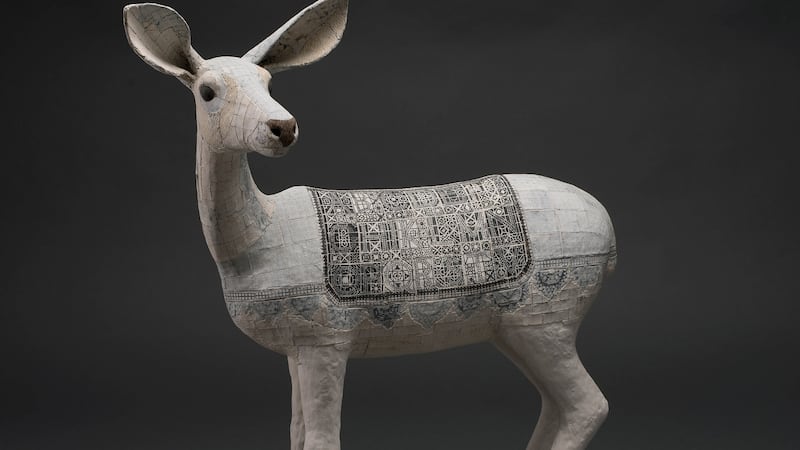
"In the traditional crafts: basket weaving is really indigenous to Ireland." Here, Joe Hogan is the master maker. "What Joe does is to bring it into a contemporary idiom. That's happening across the crafts in Ireland, it's really strong here." She describes how in other countries, including new World Crafts Council members in Eastern Europe, "money is spent on the preservation of tradition, but you also need it to be relevant to our world. That's vital if it's to thrive and survive."
Hugely intelligent, and passionately committed to the cause of the people who make wonderful things, Allen has dark brown eyes that sparkle as she speaks. She smiles a great deal, with genuine warmth, but I suspect she can also be tough – when she needs to be. And I’m also sure that need arises as she fights to champion the cause of craft, to take it out of its lumpy ceramics, hairy sweater cliches, and into the modern mind-set, without losing what it is about it that matters most.
Before joining the DCCOI, she worked for the Butler Gallery, and as arts officer for Kilkenny. Prior to that, having studied at the National College of Art and Design, she ran her own business, Paintworks, which provided paintings for restaurants and businesses. Visitors to the Waterloo pub on Dublin's Baggot Street can still see one of her murals there. "I get calls," she says. "They phoned from Bewleys on Grafton Street, while they were renovating. They wanted me to restore the mural there, but I didn't have the time," she adds, ruefully. "You know, I found the minutes from the World Crafts Council meeting that took place in Dublin, in the RDS, back in 1972," she says. "What's funny is that a lot hasn't changed. What was worrying them then was perception, funding, professionalism, skills . . ."

She sparkles again as she recalls going to an exhibition in Denmark and seeing works by Frances Lambe and Deirdre McLoughlin; how Superfolk, the design team led by Gearoid Muldowney and Jo Anne Butler, are making waves in Denmark and Norway; and how Joe Hogan went to Chennai in India, and has recently been shortlisted, out of a field of 2,000, for the Loewe Craft prize, worth €50,000 to the winner.
"Sara Flynn was the first Irish person to be shortlisted for the Loewe," says Allen. She didn't win, but was invited onto the adjudication panel this year, and was asked by Jonathan Anderson [Loewe creative director] to make pieces especially for the Loewe Boutique in Miami, for Design Miami 2017, which was written up in glowing terms in Wallpaper*. And so the networks grow."
Genuine love
The love is genuine too. Craft, says Allen, "is my Achilles' heel when it comes to saving. I was lucky enough to buy a couple of Sarah Flynn vessels from a few years ago. I have pieces by Jack Doherty, Eimear Conyard, Rachel Swan, We Are Islanders, Capulet and Montague. I'm lusting after a Cormac Boydell. And something by Grainne Watts. I also have some Susan O'Byrne ceramics. There are two of her animals on my bathroom walls." She breathes out. "Ahh, they're fabulous." Clearly the many stories of Irish craft and its makers are not only in good, and loving hands, they also currently have a golden ticket onto the international scene.
Homo Faber runs from September 14th-30th. See michelangelofoundation.org/homofaber / wcc-europe.org / dccoi.ie
The international stage
There were 19 Irish entries to the prestigious European Prize for Applied Arts, held every three years. Shortlisted entrants and the winners will be showcased at an exhibition in Mons, Belgium, from October 20th. europeanprizeforappliedarts.com
The Irish makers vying for a spot include:
Fiona Mulholland, whose brilliant Perspex jewellery turns into little jewel-like sculptures on your dressing table.
"Basket" is too small a word for Joe Hogan's creations. They are objects of desire, which famously became fabulous hats in a collaboration with Joanne Hynes.
Calligrapher Denis Brown makes ink dance and sing with his texts and fine art prints.
Eimear Conyard’s jewellery seems to freeze nature in silver and gold. Watch out for her timepieces too.
Glass artist Sophie Longwill makes witty and wonderful pieces. Try a pate de verre bra for size.
Working in textiles, Caroline Schofield fashions extraordinary installations from something as simple as thread.
